
Production for Higher Education Podcasts
So you want to start a podcast. Congratulations! Podcasts are a fantastic way to share information and delve deeper into topics that you’re
We help higher education communicators build community, share research, and inspire thoughtful discussions with podcasts that resonate. Reach out to us to learn how we can help you with podcast strategy, production, growth, and monetization.
The landscape of communications is continually changing, and higher ed professionals must pivot to new mediums to reach audiences where they are. Our team helps make the pivot to podcasting. We collaborate with staff, faculty, students, and alumni to create high-quality podcasts efficiently.

So you want to start a podcast. Congratulations! Podcasts are a fantastic way to share information and delve deeper into topics that you’re

There are various questions to take into account when defining a podcast audience. For instance, who are the people that you want to
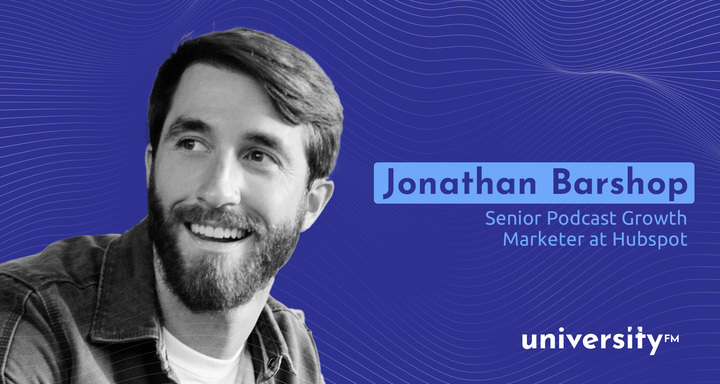
Podcast virality is difficult to achieve. However, there are steps that podcast creators can take towards gaining visibility in the world of podcasting—remaining

Free up time and resources
by tapping into our team across the
production flow. We’ll make
sure that you have visibility at every
production stage.
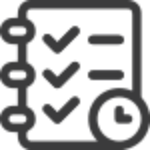
Our project managers and producers will help you plan ahead to conceptualize themes, book guests and establish consistency with publishing schedules.
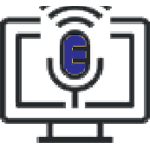
Our producers will ensure you're using the best tools, recording the right way and preparing to encourage interesting conversations.
Our team of NPR/PRX trained producers, audio editors and copywriters will work with your team to ensure the final product is high quality and worth listening to.
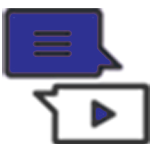
Our podcast growth experts will strategize with you to amplify your content via cross-channel promotion and partnerships.

Here’s what people say about their podcasting experience with us




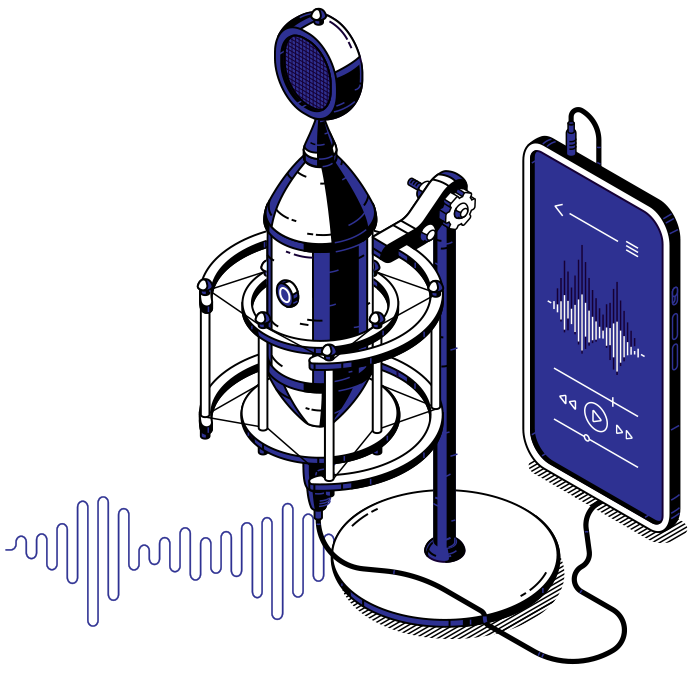
Unsure of where to start?
Check out our blog and downloadable guides. Discover practical ways to improve your podcast.
Subscribe to our newsletter for practical podcast tips and advice